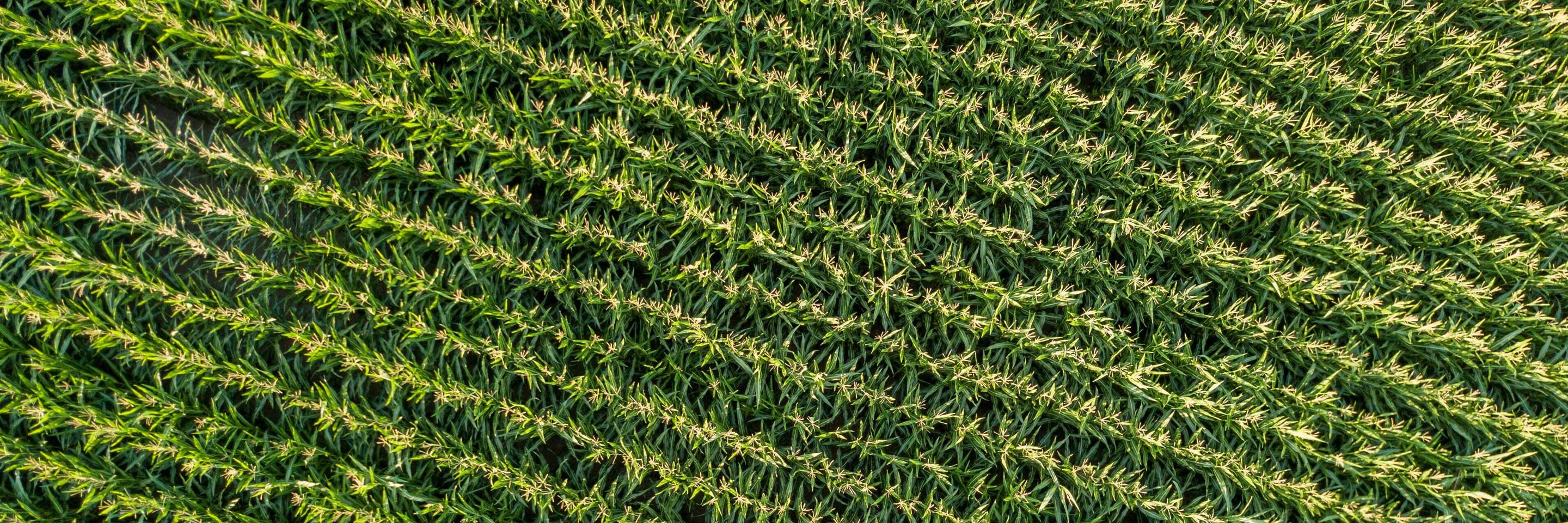
Over the past 12 to 18 months, Canadian farmers have been subjected to a significant increase in HST examinations from the Canada Revenue Agency (CRA). There has always been the potential for close scrutiny, but the instances of this have increased due to an overall change in the CRA’s approach in recent months. While the agency still conducts full-blown audits, it has shown a growing preference for more targeted work. Rather than go to the trouble of sending someone to do an inspection in person, the CRA can look at HST data and quickly determine whether something has been missed or over-claimed. As a result of these examinations, many farmers have had to pay back HST or collect it where they did not in the past. With that in mind, it is important for farmers to know what the CRA is looking for and where it is finding the most costly errors.
What is the CRA looking for?
In essence, the CRA is seeking a detailed description of each farming business’ transactions. If you are engaged in commercial activity, the agency wants to see a detailed listing of the gross sales from the farm and any HST collected on those sales. This will help the CRA identify oversights. For example, many farmers who collect rent on land, buildings or machines fail to recognize they are obliged to collect HST on this income. When the CRA examines your records, it will ensure your transactions match your obligations.
Common scenarios
There are several common scenarios where farmers encounter HST difficulties with the CRA. One example is land clearing and drainage investments, which happen once every decade or whenever a new farm is purchased, rather than on an annual basis. As a result, HST refunds tend to be quite high in these years when compared to average years, resulting in suspicion and closer scrutiny from the CRA. The same applies to capital asset additions such as buildings (most of the large machinery farmers purchase is exempt from HST), which tend to take many months to construct. The CRA wants to see the duration and timing of the build in your records.
Checking the numbers
The CRA also wants to see your 10 largest sales invoices for the year or quarter to confirm your sales claims match the amounts you actually collected. This kind of information should be readily available to every farming business. Whether you’re using an electronic bookkeeping system or a manual system, you should already have these numbers collected somewhere. Using these records, the CRA will be able to see if you failed to charge HST when it was necessary – and will charge you the appropriate amount retroactively.
The importance of good records
If a farmer’s record-keeping is good, a CRA examination should be relatively quick and painless. If you provide the CRA with all the relevant records, it will be able to detect if you are actually claiming HST, if you’re claiming too much HST and if your claims match the bills. Errors are more common on the sales side than the expense side, as farmers tend to be pretty disciplined when it comes to recouping money they’ve spent on HST.
Stay up-to-date
As a farming business, you should do your best to ensure what you’re claiming on your HST return matches your bookkeeping. In addition, be sure to keep your records up to date, as the relevant details will be fresher in your mind in the present than they would three months or a full year down the road. Lastly, if you’re uncertain about any of this, be sure to consult with your advisor to avoid costly, time-consuming errors. Regardless of your personal circumstances, you will always be best served by records that are detailed, up-to-date and accurate.
